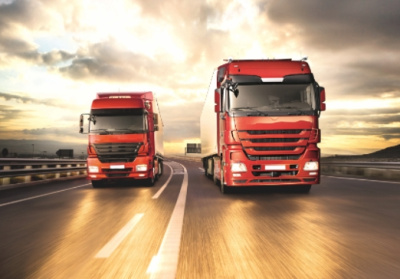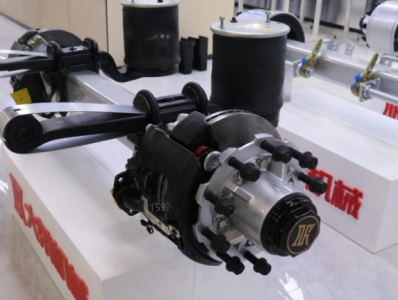How is the trailer axle connected to the chassis?
Trailer axle is a typical support bridge, composed of axle beam, camshaft, brake assembly, wheel end assembly, adjusting arm and various types of washers, bolts, etc., the main role is to bear the weight of the body. In addition to load, it can also play a role in assisting vehicle braking, maintaining vehicle driving, slowing down bumps, etc., without steering and driving functions.
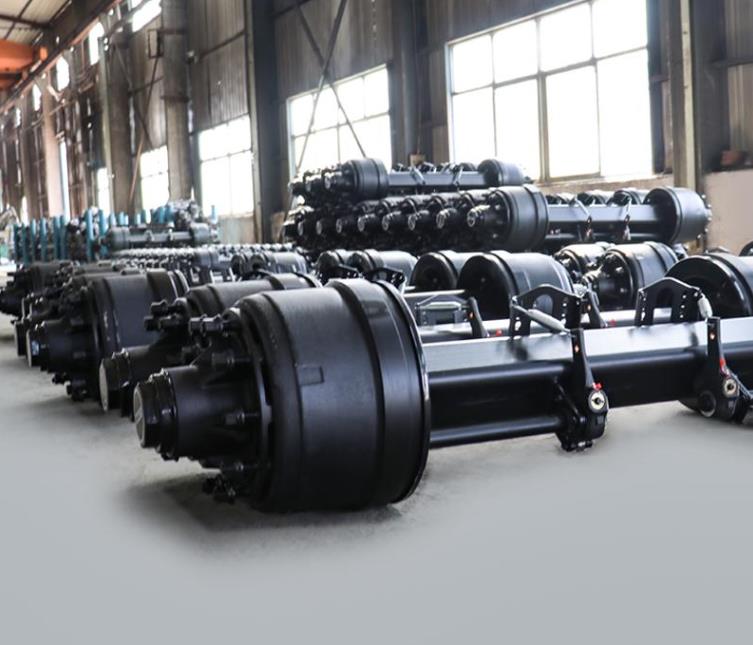
From the perspective of vehicle structure, the axle belongs to a part of the vehicle chassis and belongs to the driving system. So how are the axles connected to the chassis?
Before answering this question, let's take a look at the four major systems of the vehicle chassis:
1. Transmission system: mainly includes clutch, transmission, universal transmission, main reducer, differential and half shaft.
2, driving system: in addition to the axle just mentioned, it also includes the frame, suspension, wheels, etc.
3, steering system: including steering wheel, steering shaft, steering column, etc.
4. Brake system: mainly composed of energy supply device, control device, transmission device and brake.
These four systems together form the vehicle chassis, which is used to support and install the vehicle engine and other various components and assemblies, forming the overall shape of the vehicle, bearing the engine power, and ensuring the normal running of the vehicle.
We can see that the chassis driving system where the axle is located also includes the frame, suspension and wheels, and the two ends of the axle are used to connect the wheels, and the upper part is connected to the frame through the suspension.
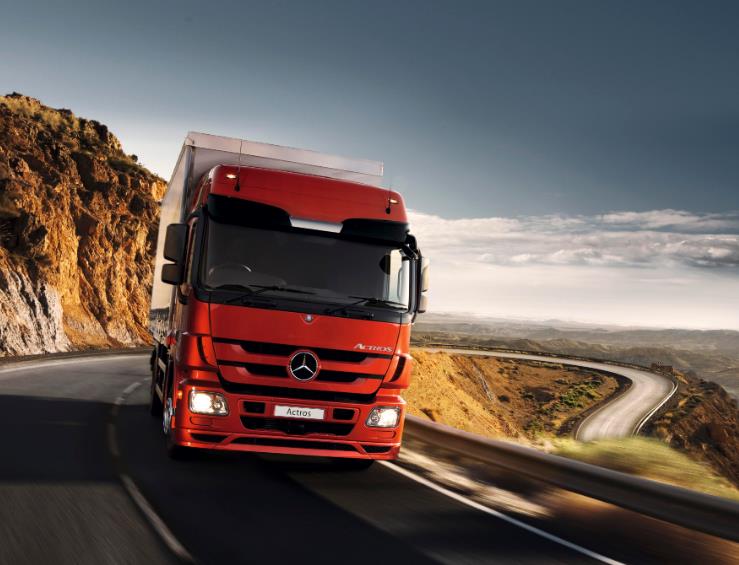
In other words, the trailer axle is generally connected to the suspension, and then the suspension is connected to the frame and fixed to the chassis.
While we're at it, I'd like to share with you some knowledge about the frame and suspension.
Frame: refers to the bridge structure between the axles, is also the installation basis of the vehicle, is composed of longitudinal beam and beam rigid structure, can be divided into side beam type, middle beam type, comprehensive type and no beam type.
1, side beam frame: also known as trapezoidal frame, by two longitudinal beams located on both sides and a number of beams through the riveted or welded into a solid rigid frame, widely used in commercial vehicles.
2, mid-beam frame: there is only one longitudinal beam located in the center and running through the full length of the car, also known as the backbone frame. The frame can allow the wheel to have a larger runout space in the structure, easy to install independent suspension, and light weight, low center of gravity, strength and stiffness; The disadvantage is that the process is complex, the precision requirements are high, the assembly installation is difficult, and the maintenance is not convenient, so the current application is less, generally used for off-road vehicles.
3, comprehensive frame: also known as the composite frame, refers to the front part is the side beam type, the rear part is the middle beam type frame, and has the characteristics of the middle beam and side beam frame, in which the side beam is used to install the engine, the hanging out of the bracket is used to fix the body, in essence is a deformation of the middle beam frame, of course, the structure is more complex, mainly used for racing or special cars.
4, no beam frame: that is, the carrying body, as the name suggests, is not a separate frame, with the body instead of the frame, the main components are directly connected to the car body, the advantage is good stiffness, light weight, and the coordination between the various components is better, the disadvantage is the production process is more complex, at present passenger cars and some buses are basically using this form of frame.
Suspension: refers to the parts that connect the frame and the axle, the role is to transmit the force and force torsion between the wheel and the frame, buffer the impact force transmitted by the uneven road to the frame or the body, reduce the resulting vibration, and ensure that the car can drive smoothly, mainly can be divided into rigid suspension, single point suspension, steel plate suspension, air suspension four categories.
1. Rigid suspension: left and right are connected by an axle, and the chassis acts directly on the axle. This kind of shock absorption effect is very poor, and it is currently used less, mainly for low-speed cargo carrying axes.
2, single point suspension: the common leaf spring before and after the support is reduced into a single support connected to the body, its force point is shared on the front and back of the two axles, compared with the ordinary leaf spring suspension bearing capacity is greater, ordinary semi-trailer with less, mainly used in heavy vehicles.
3, steel plate suspension: it is our common leaf spring, the full name is a series of steel plate spring balance suspension. It is mainly composed of leaf spring, suspension support (commonly known as lifting lug), connecting rod, U-bolt and other parts. The biggest advantage of this suspension is that it is cheap, reliable and easy to maintain. At present, more than 80% of ordinary semi-trailers in China use steel plate spring balanced suspension.
4, air suspension: the most obvious feature of air suspension is its air bag type air spring, light weight, little friction, almost no noise when working, the service life is 2-3 times that of the leaf spring, but the structure is complex, the sealing requirements are strict, and the cost is high. At present, domestic air suspension is mostly used in high-end fields such as precision instrument transportation, tobacco transportation, and hazardous transportation. It is worth mentioning that the oil-gas suspension is also a kind of air suspension in the strict sense, which is mainly used in large mining vehicles, multi-axle special off-road vehicles, armored vehicles and other models.
How to install the trailer axle?
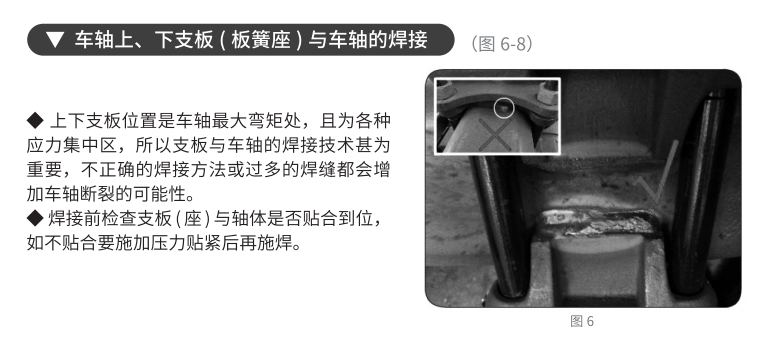
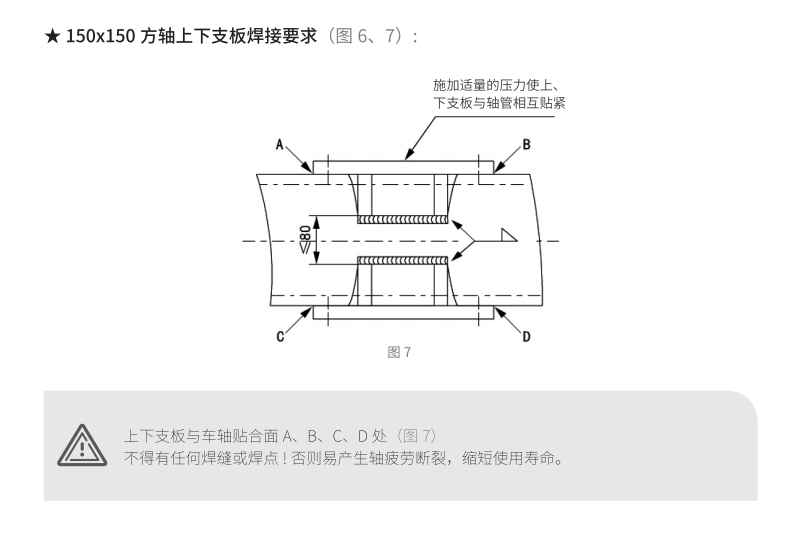
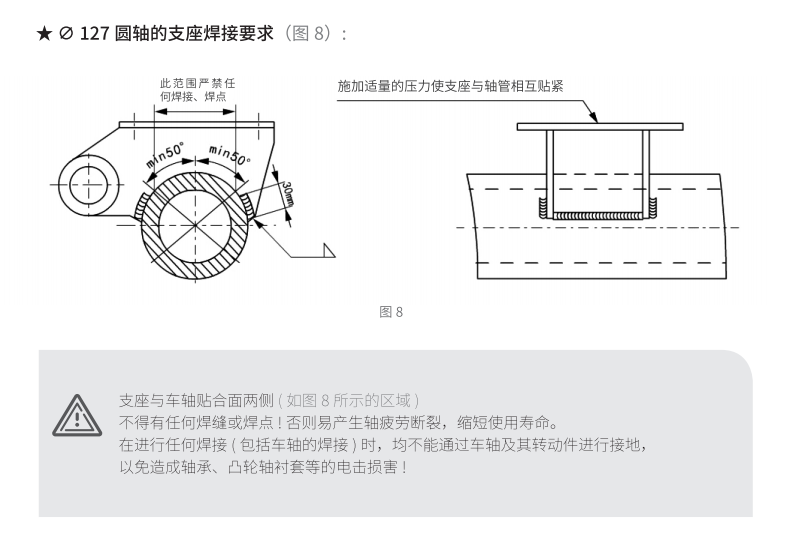
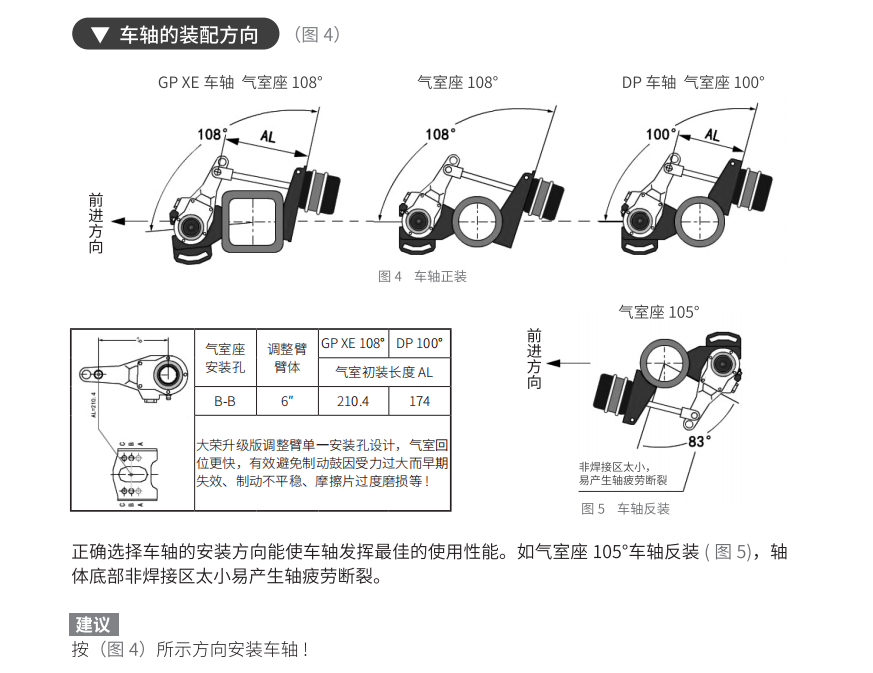
If you have purchased the DARO trailer axle and have questions about the subsequent installation and use, please call 400-6633-989 or direct private message consultation.




